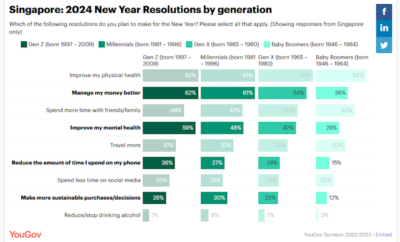
Health x Wellness
Breast Screening Might Also Predict The Risk Of Cardiovascular Disease
A new study suggests that a mammogram could be an aid for cardiovascular disease assessment.
A digital mammogram is a computer recording of the image created when X-rays pass through breast tissue. The images are then analysed for abnormalities and assessed for changes that may have appeared since the previous screening.
From the X-rays, it is possible to detect tumors that cannot be felt. Screening mammograms can also find tiny calcium deposits (microcalcifications) that sometimes indicate the presence of breast cancer. Striking a correlation between the calcification of breast arteries and coronary arteries, Laurie Margolies, associate professor of radiology at the Icahn School of Medicine at Mount Sinai in New York, NY and colleagues set out to investigate whether the amount of calcium deposits in breast arteries could be used to assess risk factors for cardiovascular disease caused by the calcification of coronary arteries.
For their study, imaging results from 371 women who had a digital mammogram and chest CT scan performed within one year of each other were being analysed. From the mammograms, a breast arterial calcification (BAC) score based on the number of blood vessels affected and the extent of calcification was compared with the scores for coronary artery calcification (CAC) obtained from the CT scan in which the team then found a relationship. In 76% of the women, those with a BAC score of 0 also had a CAC score of 0, and as the BAC score increased, there was a corresponding rise in the CAC score.
The researchers conclude that their findings show that using the mammogram to assess breast arterial calcification could also help identify women who may benefit from cardiovascular risk reduction, which in turn can also help reduce additional costs, time spent and radiation exposure.









